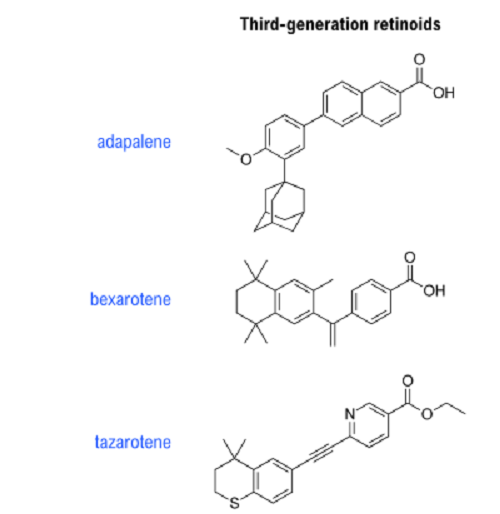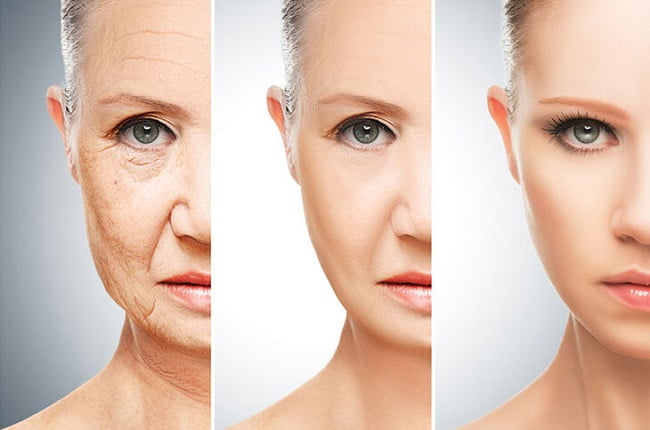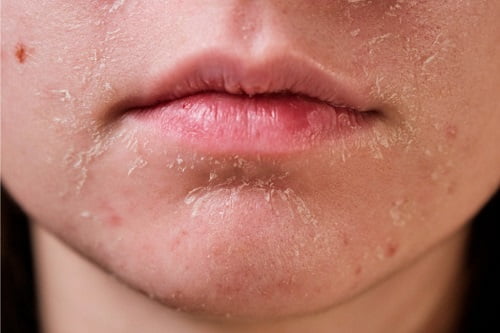Ever since it was approved by the FDA in 2016 for over-the-counter-use, Differin Gel 0.1% has been a top pick for many women. The product is often used for treating acne, but because it contains adapalene, a form of retinoid, many have wondered if it can help with wrinkles too.
Retinoid

Retinoid is the umbrella term for compounds derived from vitamin A. Topical retinoid can effectively treat acne, psoriasis, and inflammation, and it is well-known for its anti-aging properties.
Adapalene
Adapalene, an ingredient of Differin, is the third generation of topical retinoids used in the treatment of mild-moderate acne and other skin conditions. There are other topical retinoids used to treat acne, such as tretinoin and tazarotene, but adapalene is the only one available over the counter. Adapalene is found to work as well as other retinoids while causing fewer side effects, like irritation. Meaning, Differin is gentler on the skin, while still effective. Differin treats acne deep in the pores at the source, prevents new acne from forming, and, as a result of reduced acne, restores your skin’s natural texture and tone.

Adapalene compared to other retinoids
- work better under sunlight
- Penetrate deeply into the pores where the acnes start
- Work deeply inside the pores, help to clean and prevent acne
Differin and wrinkles

Adapalene is a member of the retinoid family; thus, it also carries anti-aging traits. Differin stimulates collagen production. This helps out with wrinkles and overall skin thickness. It exfoliates the surface of the skin cells to prevent brown spots and mottled pigmentation. The anti-inflammation property of Didderin also helps soothe and smooth skin’s texture over time.
Side effects
Most people’s skin can tolerate Differin. Overdosing or using a stronger version of Differin 0.1% (Differin 0.3%), on the other hand, may cause irritation, redness, dryness, itching, and burning. Few people can experience a brief sensation of warmth or stinging, as well as dry skin, peeling, and redness during the first 2–4 weeks.


